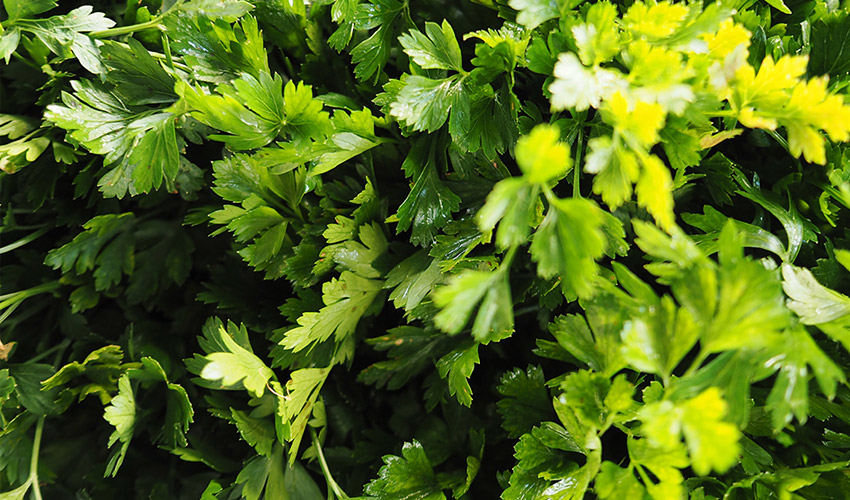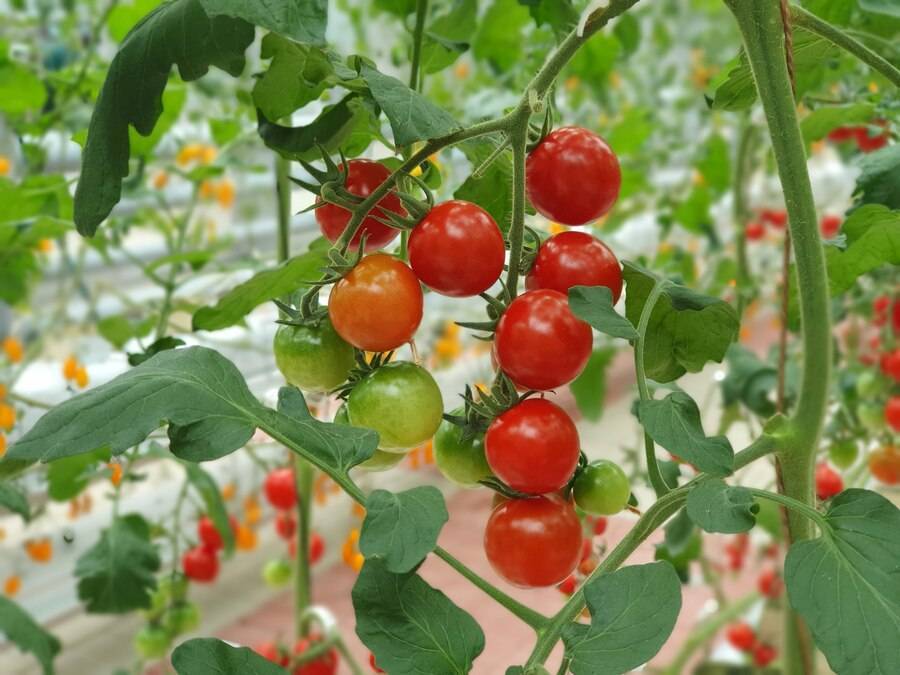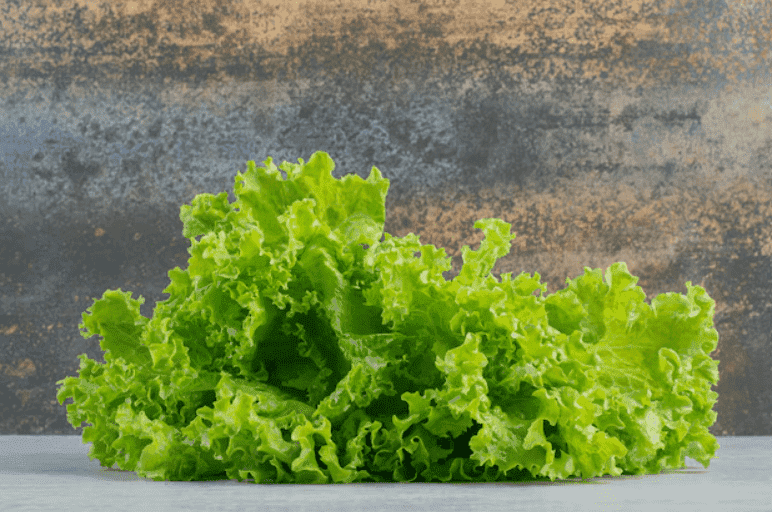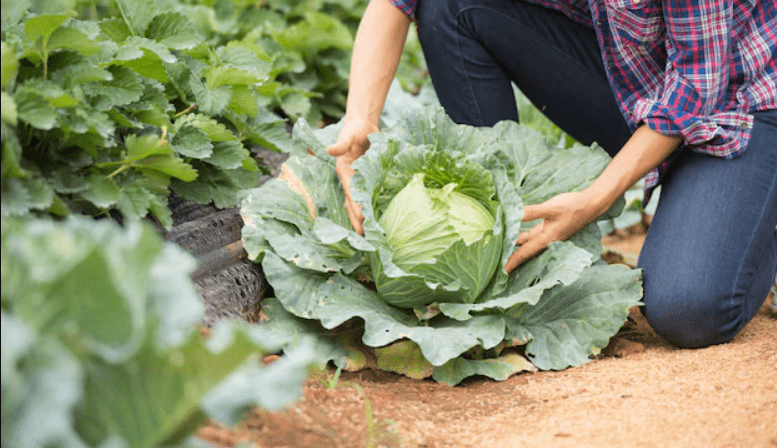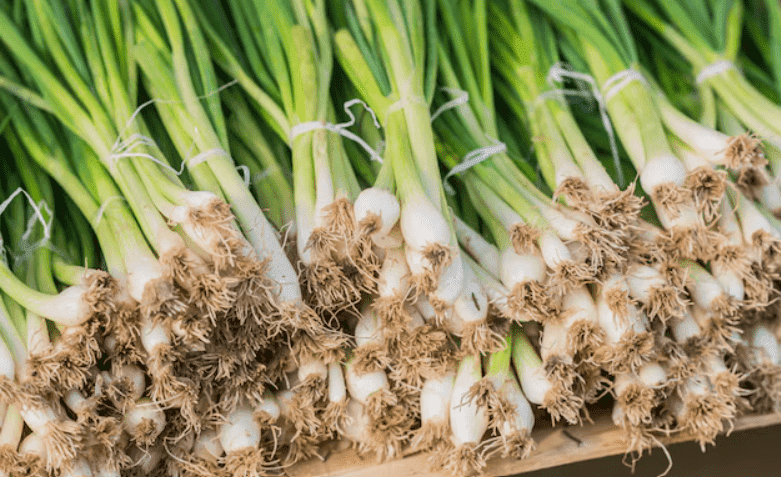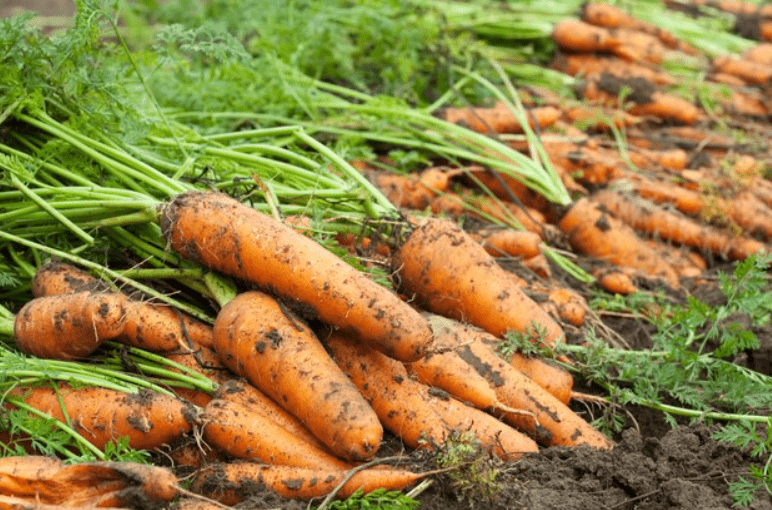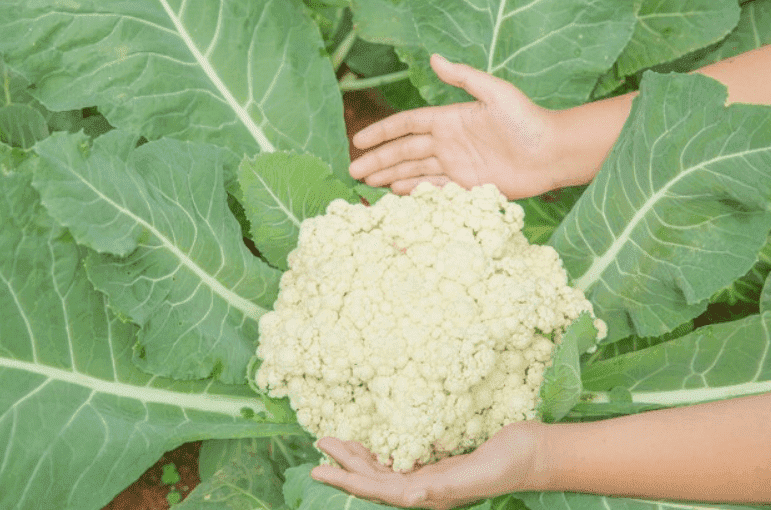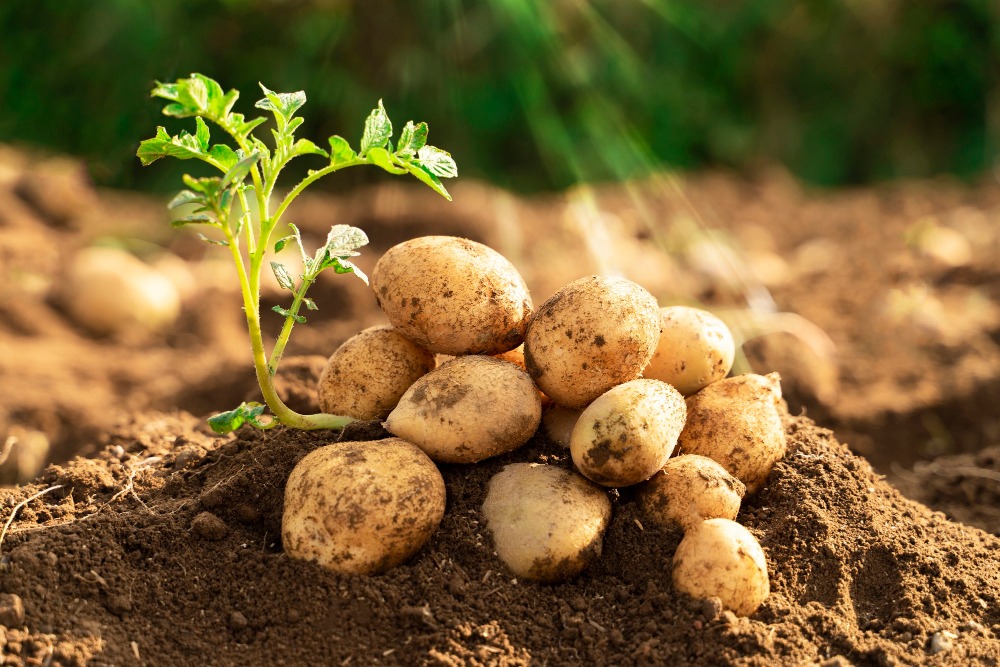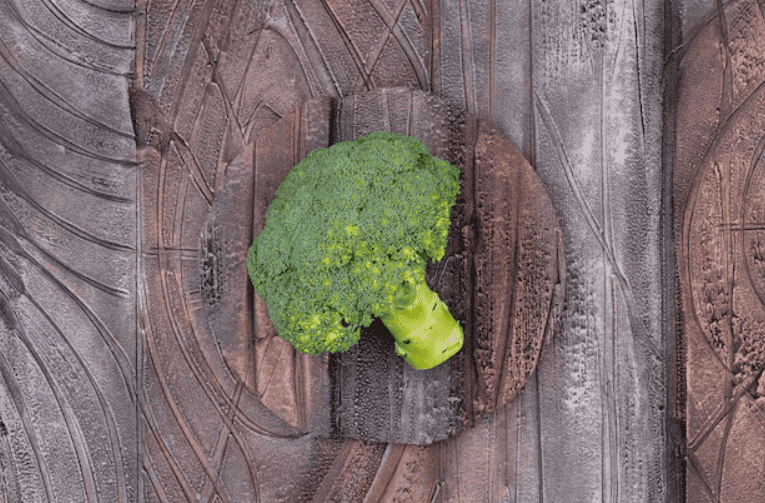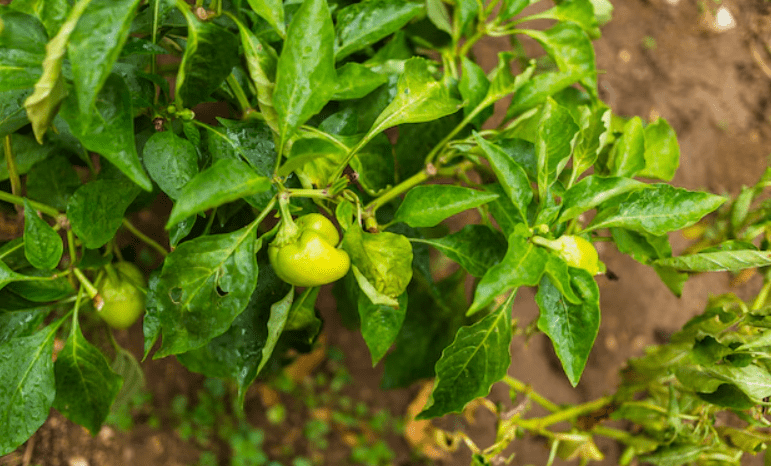Celery is a garden favorite that’s simple to grow. It adapts well to both cool and warm seasons and is a reliable choice for most climates. Whether you’re a home cook or a garden enthusiast, celery is a must-have crop that brings both flavor and versatility to your meals.
Every part of the plant is useful. Tender, young stalks offer a naturally sweet taste and are perfect for eating raw, while the more mature stems and leafy tops are best suited for cooking. Even the roots can be put to use in the kitchen.
Table of Contents
ToggleAbout Celery
Celery thrives in a long, cool growing season and needs time to develop its signature 12- to 18-inch stalks. It can take up to 140 days to reach maturity, though faster-maturing varieties are available for gardeners in shorter-season areas. In cooler zones, start planting in early spring. In warmer climates, aim for mid-to-late summer to avoid heat-triggered bolting.
Though celery can be a little finicky, it’s worth the effort. Its crisp stalks add flavor and crunch to soups, stews, stir-fries, and salads, making it a kitchen essential. Celery is a hardy biennial by nature, but most home gardeners grow it as an annual. Starting from seed indoors is recommended, as nursery transplants are often scarce and may not perform well. Since celery is sensitive to cold, especially during its early growth cycle, timing and consistent care are crucial to success.
Types of Celery
There are two main types of celery to choose from:
Trenching Celery: This traditional variety requires soil to be gradually mounded around the base of the stems as it grows. The process helps blanch the stalks, making them pale and tender. Many gardeners plant it in shallow trenches to simplify this step, while others use tubes, collars, or boards for support.
Self-Blanching Celery: This type is much easier to manage, as it doesn’t require mounding or covering. It naturally develops pale, crisp stems, making it a great choice for beginner gardeners or those short on time.
Prepare
When planning how to grow celery, start by choosing a garden spot that receives full sun or, at the very least, morning sunlight. Celery grows best in consistently moist, well-drained soil.
Before planting, enrich the soil by incorporating a generous amount of organic matter, such as compost. This helps improve soil texture, boost nutrients, and support healthy root development.
How to Grow Celery from Seeds
To start celery from seed, gently sprinkle the seeds over the surface of prepared garden soil or a high-quality potting mix. Cover them with a very light layer of soil, just enough to hold them in place and keep the surface moist, which supports germination.
Seeds best germinate in temperatures between 15°C and 20°C. If outdoor conditions are too cold, begin seeds indoors in seed trays or small containers. Once nighttime temperatures consistently remain above 10°C and seedlings reach a height of about 10–15 cm, transplant them into your garden.
How to Grow Celery from Seedlings
Gently separate each celery seedling, taking care not to disturb the roots too much. Plant them into well-prepared garden soil or quality potting mix if you’re growing in containers. Space the seedlings about 15 to 30 cm apart to give them enough room to grow and develop strong stalks.
Planting in the garden
Sow celery seeds or transplant seedlings into well-prepared soil in an area that gets full sun or partial shade. Space each plant 15 to 30 cm apart, depending on the variety. Celery prefers soil that drains well but stays consistently moist, so regular watering is essential throughout the growing season to produce crisp, tender stalks.
As the plants mature, you can blanch the stalks by wrapping multiple layers of newspaper around them. This process helps keep the stalks pale and tender. If you prefer to skip this step, choose self-blanching or stringless varieties for easier growing.
Planting in Pots
Sow celery seeds or transplant seedlings into a container that’s at least 30 cm wide and deep. Use a quality, well-draining potting mix. Space the plants 15 to 30 cm apart, depending on the variety. Use a pot with good drainage, and keep the soil evenly damp as the plant grows. Celery needs regular water to develop crisp, tender stalks.
As the plants grow, you can blanch the stalks by wrapping them in several layers of newspaper. This helps them stay pale and tender.
Care and Maintenance
Celery requires consistent watering and feeding to thrive. Apply a small handful of balanced organic fertilizer (like a 5-5-5 blend) once a month at the bottom of each plant to encourage healthy growth.
Keep the soil evenly moist at all times. If it dries out, the stalks can become tough and stringy. To help maintain moisture and reduce weed growth, apply a layer of organic mulch around mature plants.
Harvesting
You don’t need to pull up the entire celery plant to enjoy it. Once the stalks reach about the thickness of a pencil, you can begin harvesting a few from each plant.
Pick stalks from the outer edges first, using a gentle down-and-out motion to snap them off cleanly from the base. This method allows the inner stalks to continue growing, resulting in a longer harvest period.
Pests & Diseases
Slugs and snails are common pests of celery, causing significant damage to both stalks and leaves. Protect your plants by placing traps, such as shallow containers filled with beer, around the garden, or use natural barriers like crushed eggshells or copper tape.
If celery is affected by whiteflies or caterpillars, remove them by hand or use a homemade insecticidal soap or an approved organic spray.

